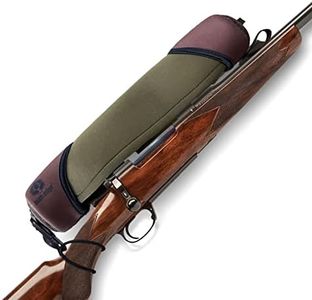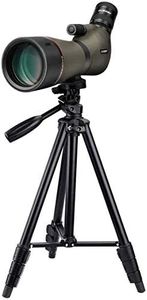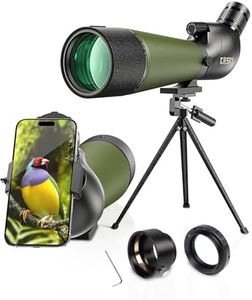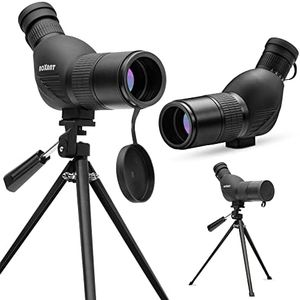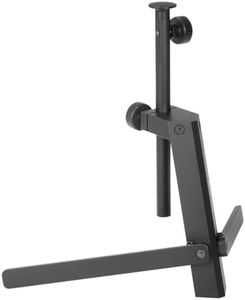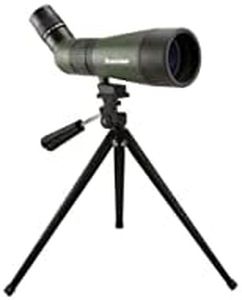We Use CookiesWe use cookies to enhance the security, performance,
functionality and for analytical and promotional activities. By continuing to browse this site you
are agreeing to our privacy policy
10 Best Sniper Scopes
From leading brands and best sellers available on the web.By clicking on a link to a third party's website, log data is shared with that third party.
Buying Guide for the Best Sniper Scopes
Picking the right sniper scope can make a big difference in your shooting experience, whether you are hunting, target shooting, or engaging in tactical activities. The key to a great buy is understanding what you'll be using the scope for and matching important features to your needs. No one scope is perfect for everyone, so taking a little time to learn about each feature helps you get the best fit and the most out of your purchase.MagnificationMagnification tells you how much closer the target will appear compared to what you see with your naked eye. For example, a 4x magnification means things appear four times closer. Low magnification (3x to 9x) is great for shorter ranges and quick target acquisition, while high magnification (10x to 25x or more) helps you see distant targets but can make close targets harder to spot and aiming a bit slower. Choose lower magnification if you expect quick or close shots, and higher if you're planning on long-distance precision.
Objective Lens DiameterThis is the size of the front lens, usually measured in millimeters. Larger diameter (like 50mm) lets in more light, making the image brighter and clearer, which is helpful in low light conditions. However, bigger lenses are heavier and can be bulky. If you'll be shooting in daylight or don't want extra weight, a smaller lens (around 40mm) works well. If you're shooting in dawn, dusk, or shady areas, go for a bigger lens.
Reticle TypeThe reticle is the pattern you see when you look through the scope (the crosshairs). There are simple crosshairs, mil-dot, BDC (Bullet Drop Compensation), and illuminated options. Simple crosshairs are easy and fast but give minimal help estimating distance. Mil-dot and BDC reticles help calculate range and bullet drop for longer shots, which is great if you shoot at different distances. Illuminated reticles are easier to see in low light. Think about where and how you usually shoot when picking a reticle.
Parallax AdjustmentParallax adjustment helps keep the crosshair on target even if your eye isn’t perfectly centered. Fixed parallax scopes work fine at short distances, but for precision shooting beyond 150 yards, scopes with adjustable parallax eliminate focus errors, giving you more accuracy at long range. If you plan to shoot far and want precision, look for scopes with parallax adjustment.
Eye ReliefEye relief is the distance your eye can be from the scope and still see a full image. Longer eye relief keeps you safe from recoil, especially important on high-powered rifles. Most scopes offer about 3 to 4 inches. If your gun has heavy kick or you wear glasses, look for longer eye relief.
Turrets and AdjustmentsTurrets are knobs that adjust windage (left/right) and elevation (up/down). Some are resettable to zero or can be adjusted without special tools. Target turrets offer more precise adjustments, good for long-distance shooting or making fast changes. If you’ll be adjusting your settings often or shooting at different distances, pick turrets that are easy to use and reset.
Build Quality and Weather ResistanceA good sniper scope should be durable and able to withstand shocks, water, and fog. Look for scopes labeled as waterproof, fogproof, and shockproof—especially if you plan to use your rifle outdoors in different conditions. If your environment is harsh, make sure the scope is built tough.
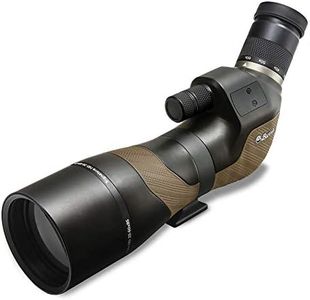
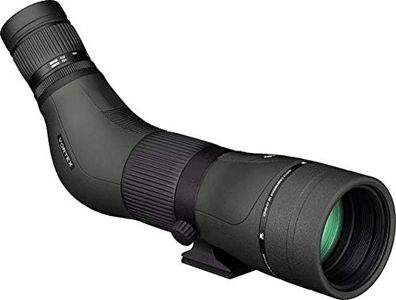


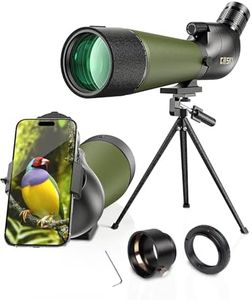
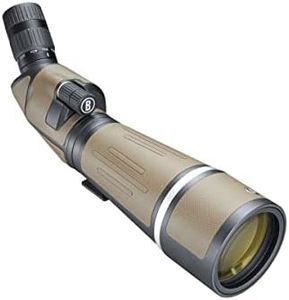
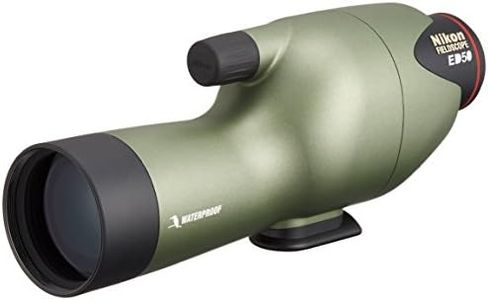
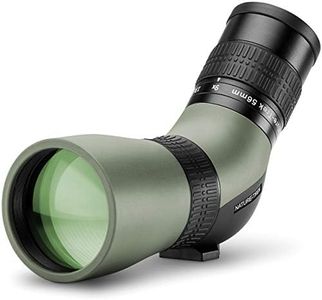
![[SIG SAUER] LENSPEN [SIG SAUER] SOLCK1](https://images-proxy.bestreviews.guide/WVsUA3tpmx_MEIJ6LQ-GdtfVIVY=/0x300/https://m.media-amazon.com/images/I/21r0BGE+r2L._AC_CX679_.jpg)
